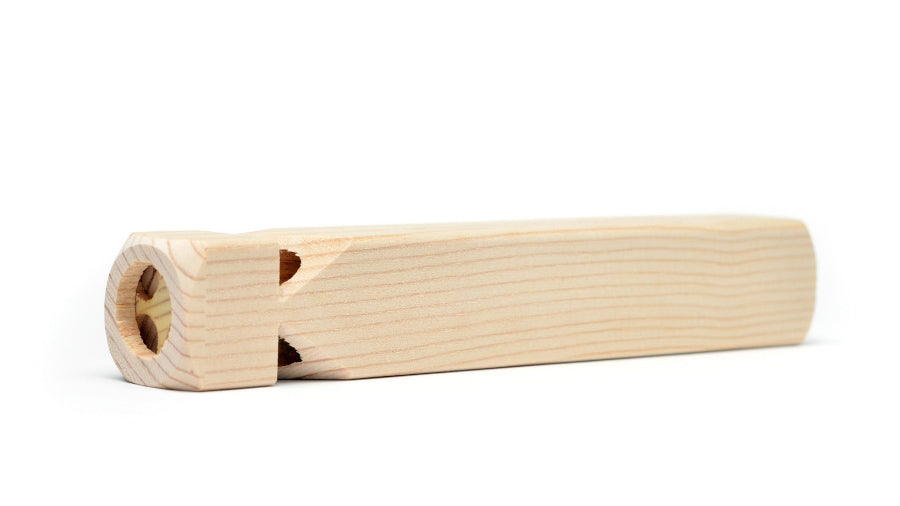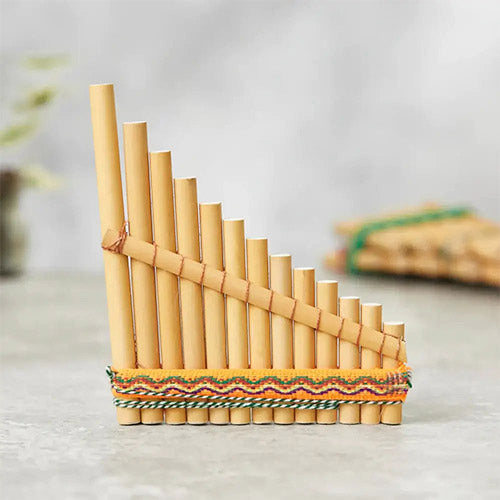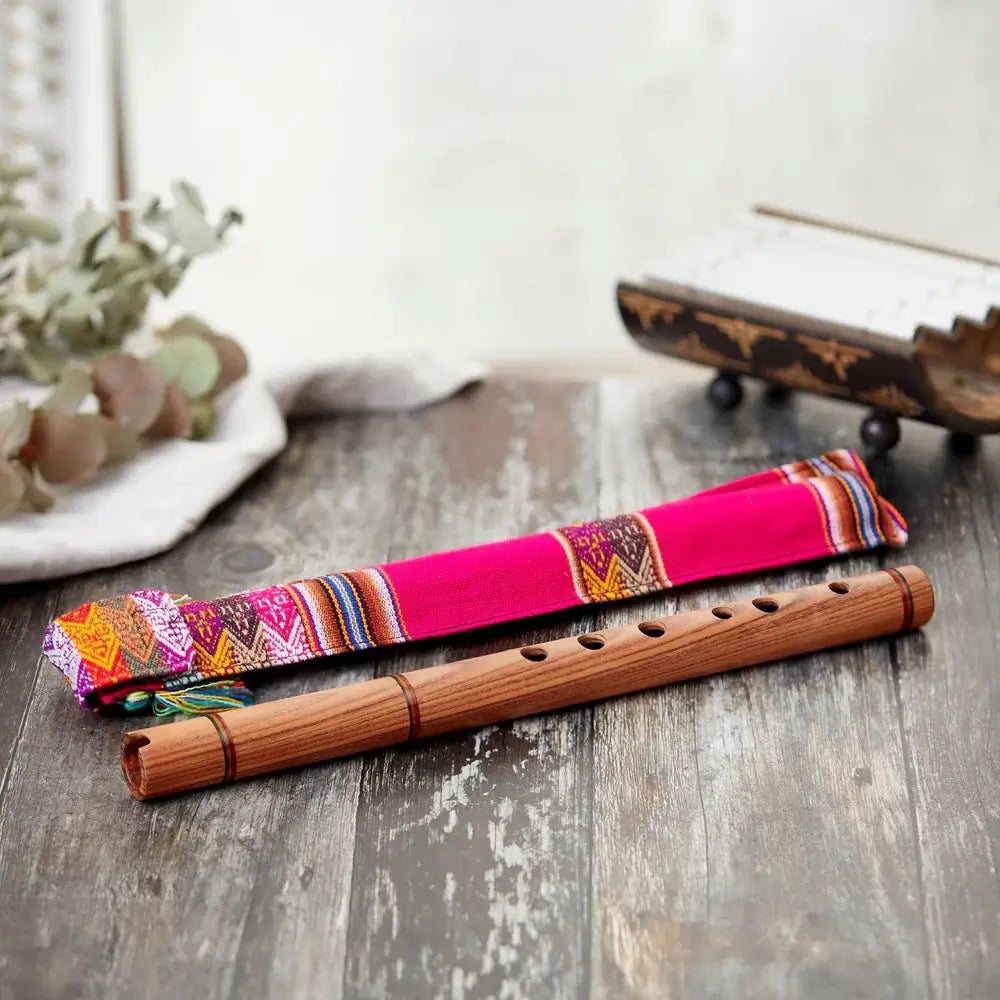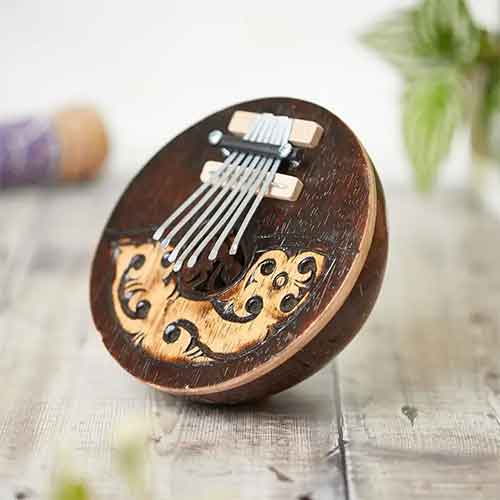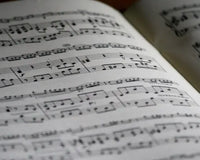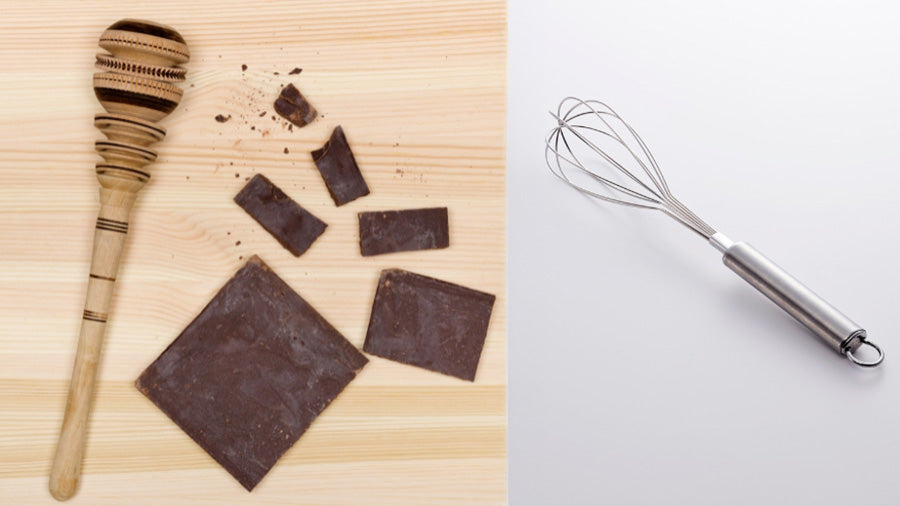Train whistles originated as safety devices for communication, primarily designed to warn people and vehicles of an approaching train. Made from wood and metal, they emitted sounds when steam passed through them, serving a functional purpose in railroads rather than musical intent.
Over time, musicians and sound artists recognised the whistles' unique tonal qualities, and their strong, piercing sound began to find a place in performances, often providing nostalgia for the steam engine era or enhancing compositions with distinctive sounds.
DIY: How to make a Train Whistle (Music Instrument)
Creating your music instrument train whistle is a rewarding project that combines craftsmanship with musical exploration. The process allows you to tailor your instrument to your personal preferences regarding tone, pitch, and design.
To begin, gather your materials. For its excellent resonant properties, you will need a wood block, such as pine or cedar. You'll also require tools like a saw, drill, and sandpaper, as well as patience and attention to detail. The goal is to carve chambers and channels that will replicate the sound of a traditional train whistle when air is blown through them.
The crafting process involves careful measurement and precise cutting. It would help if you created a fipple, the mouthpiece you'll blow, and the sound chamber where the magic happens. By drilling holes and cutting slits in the right places, you'll form the pathways that will shape the whistle's sound. Once assembled, blowing into your homemade train whistle will reward you with the nostalgic notes of a bygone era.
Train Whistle Sound Effects and Ringtones
The unique timbre of train whistles has entered the digital age as sound effects and ringtones. These sounds capture the essence of the railroad and bring a piece of history to your daily life.
Sound effects featuring train whistles are commonly used in film, television, and theater to set a scene or convey movement. A well-crafted sound effect can transport the audience to the heart of a bustling train station or the solitude of a distant railway. For creators, incorporating these sounds into multimedia projects can add an authentic touch to the narrative.
Train whistle ringtones offer a personal connection to the romance of the rails. With a range of tones available, from the deep hoot of a vintage steam engine to the sharp blast of a modern locomotive, you can customize your mobile device to reflect your love for trains. These ringtones serve as a reminder of the past every time your phone rings.
Beginner's Buying Guide to Train Whistles (Music Instrument)
As you begin your journey into owning a train whistle, making an informed purchase that aligns with your musical preferences is essential. This beginners buying guide will help you select the perfect train whistle for your collection.
Firstly, consider the material of the whistle. Wood offers a warm, organic tone, while metal whistles produce a piercing, bright sound. Each material brings a unique character to the music, so think about your desired qualities.
Next, the price point is a significant factor. Train whistles can range from affordable, simple models to handcrafted, elaborate pieces. Establish a budget that reflects your commitment and interest in playing the train whistle.
Lastly, research the various uses of train whistles in music. The context in which you plan to use the whistle will guide your choice, whether you aim to incorporate the instrument into folk tunes, use it for educational purposes, or simply enjoy its sound as a hobbyist.
Where to buy
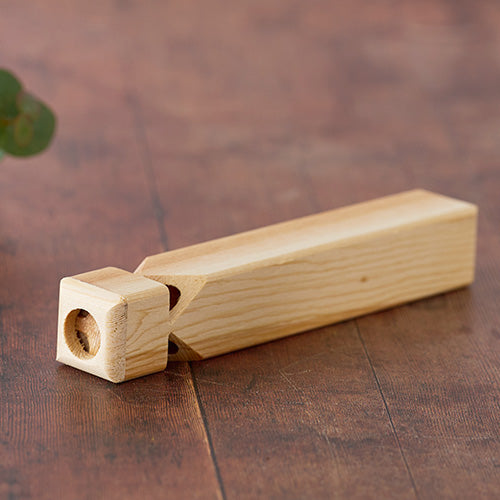
Train Whistles (Frequently Asked Questions)
1. How does a Matsu Train Whistle work?
The Matsu train whistle is a classic woodwind musical instrument made from solid pine wood, when blown it produces a steam train sound effect.
2. How do I maintain my Matsu Train Whistle?
Store in dry places, avoid getting it wet and wipe it with a clean cloth.
3. How much is the Matsu Train Whistle?
Depending on where you purchase it, they usually range from £15- £20.
4. Are these kid friendly?
Yes. Kids ages 3 and up can use and have fun with this unique instrument.
5. What is the material used to craft this whistle?
It is made out of sustainably sourced wood, making it an eco-friendly choice.
Up Next: Kalimba Buying Guide

